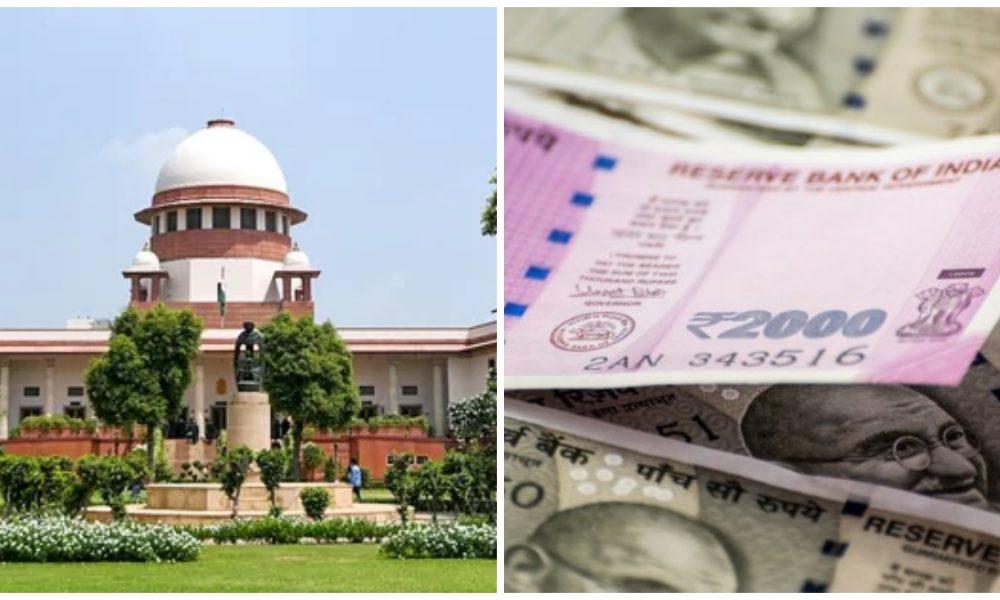A five-judge Constitution Bench of the Supreme Court upheld the Modi government’s 2016 decision to demonetise Rs 500 and Rs 1,000 currency notes, saying the decision was about executive policy and could not be reversed. The court rejected the 58 petitions challenging demonetisation and said the decision-making process of the government was not flawed.
Bank Maha Pack includes Live Batches, Test Series, Video Lectures & eBooks
About The Judgement:
The judgment, authored by Justice B R Gavai, was agreed to by judges S Abdul Nazeer, A S Bopanna, and V Ramasubramanian. Justice B V Nagarathna faulted demonetisation in her dissenting judgment but did not quash it.
What The Judgement Said:
The judgment said there was consultation between the Centre and the Reserve Bank of India (RBI) for six months, indicating a “reasonable nexus between the measures undertaken and the object sought to be achieved” and, therefore, the demonetisation notification passed the test or doctrine of “proportionality”.
Court’s Verdict:
The demonetisation decision does not suffer from any legal or constitutional flaws. Petitions can be placed before an appropriate bench by the Chief Justice of India for deciding issues linked to the main issue relating to the validity of the demonetisation process.
This means the petitioners who had not got relief from this verdict can take the issue before an appropriate Bench by the Chief Justice of India for deciding issues linked to the validity of demonetisation. However, legal experts said this issue could only be challenged if a review petition was filed against the verdict.
Learn Along
What is a Constitution bench:
A constitution bench consists of at least five or more judges of the court which is set up to decide substantial questions of law with regard to the interpretation of the constitution in a case. The provision for a Constitution bench has been provided in the Constitution of India under Article 143. It is the Chief Justice of India who is constitutionally authorized to constitute a constitution bench and refer cases to it.
What is doctrine of proportionality:
- Proportionality is a ground for judicial review. In India, the doctrine of proportionality was adopted by the Supreme Court of India in the case of Om Kumar v. Union of India.
- Proportionality means that the administrative action should not be more drastic than it ought to be for obtaining the desired result.
- In K.S. Puttaswamy vs Union of India (2017) case, the court held that any restriction placed on the right must conform to a doctrine of proportionality. This requires few tests,
- State action must have a legislative mandate
- The action must show that the objective of its law is founded on a legitimate governmental aim
- It must be proportionate, i.e., such state action — both in its nature and extent, must be necessary for a democratic society. Further, such action must have no alternative and less intrusive measures available to achieve the same objective
- The principle of proportionality calls for striking down of laws that are excessively harsh or disproportionate.



 Indian Olympic Medal Winners List Till N...
Indian Olympic Medal Winners List Till N...
 Who is the Inventor of the Gramophone?
Who is the Inventor of the Gramophone?
 HS Dhaliwal Appointed New DGP Of Andaman...
HS Dhaliwal Appointed New DGP Of Andaman...
